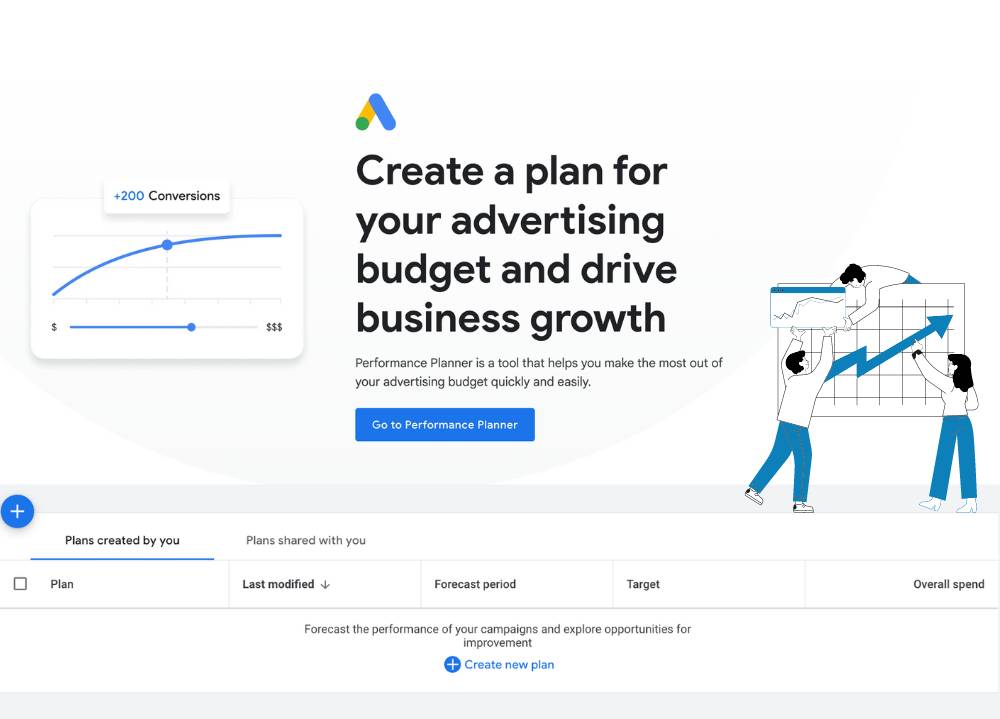Today, the design of your website significantly influences your business success. SEO-friendly web design is not just about aesthetics; it's about building a site that enhances visibility, engages users, and ranks well in search engine results. This guide will walk you through the essential principles of creating websites that are not only visually appealing but also optimized for top search engine performance.
What is SEO-Friendly Web Design?
SEO-friendly web design integrates search engine optimization (SEO) techniques into the web development process. This approach focuses on creating websites that are both appealing to users and also structured in a way that search engines can easily understand and rank. The goal is to enhance both user experience and search engine visibility.
Why is it Important?
In a digital-first world, your website is often the first point of interaction with potential clients. A well-optimized website ensures that your business is found by those who need your services the most, enhancing both your visibility and credibility.
Core Principles of SEO-Friendly Web Design
1. Responsive Design
A responsive website automatically adjusts its layout to fit the screen size of the device being used. This is important for user experience and for Google’s search rankings, particularly since mobile-first indexing has become the standard.
2. Fast Loading Speeds
Website speed is a critical SEO factor. Slow loading times can frustrate users and increase bounce rates, negatively impacting your search engine rankings. Optimize images, leverage browser caching, and minimize HTTP requests to enhance loading speed.
3. User-Friendly Navigation
Clear and intuitive navigation is essential for keeping visitors on your site longer. This includes well-organized menus, a logical page hierarchy, and interactive elements that guide users through your site’s content effectively.
4. Use of HTTPS
Security is a top priority for Google and users alike. Using HTTPS, which secures the connection between your website and its visitors, helps protect data and boosts your site’s trustworthiness and search ranking.
5. SEO-Driven Content Strategy
Incorporate relevant keywords naturally into your content, including titles, descriptions, and body text. Developing a content marketing strategy that addresses the needs of your audience will not only engage readers but also improve your site’s relevance and authority.
6. Clean and Structured Code
Clean coding practices enhance your website’s readability by search engines. This includes using proper tag hierarchy for headings (H1 to H6) and other HTML/CSS elements, which helps search engine bots understand and rank your site’s content better.
7. Optimized Visual Content
Images and videos are great for user engagement, but they need to be optimized correctly to contribute to SEO. This means using the right file formats, compressing files for faster loading, and adding descriptive alt tags to images.
Implementing SEO-Friendly Web Design
Step 1: Plan Your Site Layout
Start by understanding your audience and their needs. Map out a layout that logically organizes information, making it easy for users to navigate and for search engines to understand.
Step 2: Optimize Technical Elements
Ensure that all technical elements, such as mobile responsiveness, loading speeds, and secure connections, are in place before going live. This foundation is crucial for both SEO and user experience.
Step 3: Create and Optimize Content
Develop content that is informative, engaging, and optimized for the keywords that your target audience is searching for. Remember, quality content is king in the realm of SEO.
Step 4: Continuous Testing and Improvement
SEO is not a one-time task. Continuous testing, updating, and refining are required to maintain and improve search engine rankings. Utilize tools like Google Analytics and Search Console to track performance and make informed adjustments.
Improving Your Web Design for Improved Online Visibility
Implementing SEO-friendly web design principles is essential for any business aiming to enhance its online presence. By focusing on both user experience and search engine visibility, businesses can experience increased traffic, better engagement, and higher conversions. Schedule a consultation with Titicus to learn more about how you can create a powerful online presence designed to attract and engage your ideal clients.





